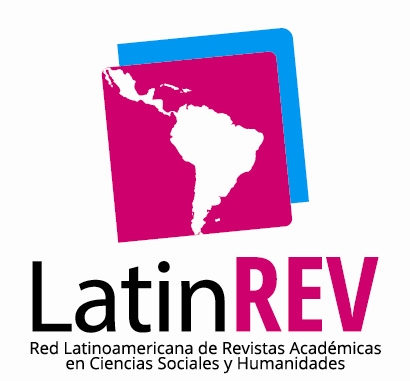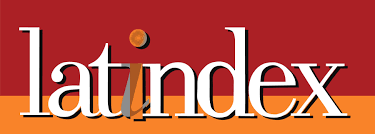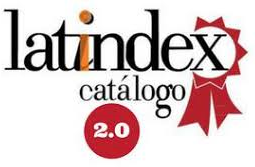La política exterior argentina desde adentro
El funcionamiento de la Cancillería durante la Segunda Guerra Mundial: una mirada desde el archivo
Resumen
En el estudio de las relaciones exteriores argentinas, la consulta de la documentación oficial permite acercarnos a las políticas públicas que delinearon la política exterior. Considerando que la documentación de archivo es el sedimento natural de las acciones de un organismo, brinda herramientas para aproximarse al “Estado desde adentro”. Es decir, a las historias y cronologías propias de las agencias estatales, las trayectorias de los sujetos que las orientan, las prácticas y saberes en su interior, y los márgenes permeables entre esas agencias y la sociedad civil. Esta mirada destaca las políticas públicas y permite repensar la supuesta “eficacia” estatal. Este artículo propone que una aproximación a la historia del Archivo de la Cancillería Argentina puede contribuir al trabajo historiográfico. Para ello, presenta agrupaciones documentales sobre la relación con Alemania durante la Segunda Guerra Mundial, haciendo hincapié en las áreas que produjeron la documentación, su organización, cronología e historia archivística.Descargas
Citas
Bohoslavski, E. y Soprano, G. (eds.). (2010). Un Estado con rostro humano. Funcionarios e instituciones estatales en Argentina (desde 1880 a la actualidad). UNGS/ Prometeo.
Buchbinder, P. (1996). Vínculos privados, instituciones públicas y reglas profesionales en los orígenes de la historiografía argentina. Boletín del Instituto de Historia Argentina y Americana “Dr. Emilio Ravignani”, Tercera serie, núm. 13.
Cruz Mundet, J. R. (2011). Principios, términos y conceptos fundamentales. Cruz Mundet, J. R. [Dir.]. Administración de documentos y archivos. Textos fundamentales. Coordinadora de Asociaciones de Archiveros.
Estefane, A. (2012). Archivos, diplomacia e historiografía en el siglo XIX. Apuntes sobre el caso chileno”. Escrituras Americanas, 1.
Farro, M. (2013). Esas redes que la razón ignora. Archivos y colecciones en la “biografía” institucional del Museo de La Plata. Revista Electrónica de Fuentes y Archivos, Centro de Estudios Históricos “Prof. Carlos S. A. Segreti”. Año 4, número 4.
Heredia Herrera, A. (2007). ¿Qué es un archivo? Trea.
Heredia Herrera, A. (1991) Archivística general. Teoría y Práctica, Diputación Provincial de Sevilla, 5° Edición.
Plotkin, M. y Zimmermann E. (eds.). (2012). Las Prácticas del Estado. Política, sociedad y elites estatales en la Argentina del siglo XX. EDHASA.
Plotkin, M. y Zimmermann E. (eds.). (2012). Los Saberes del Estado. EDHASA.
Podgorny I. (2011). Las rutas del saber: el tráfico de manuscritos iberoamericanos en la primera mitad del siglo XIX. Colecionismos, práticas de campo e representações. EDUEPB. Capítulo 4.
Sabor, J. (1995). Pedro de Angelis y los orígenes de la bibliografía argentina. Ensayo bio-bibliográfico. Ediciones Solar.
Soprano, G. (2007): Del Estado en singular al Estado en plural: contribución para una historia social de las agencias estatales en la Argentina. Cuestiones de Sociología, 4. Memoria Académica
Swiderski, G. (2015). Las huellas de Mnemosyne. La construcción del patrimonio documental en la Argentina. Ed. Biblos.
Derechos de autor 2024 Laura Assali, Alba Lombardi

Esta obra está bajo licencia internacional Creative Commons Reconocimiento-NoComercial 4.0.

Historia & Guerra utiliza una licencia internacional Atribución-NoComercial 4.0 Internacional (CC BY-NC 4.0).
Usted es libre de:
- Compartir — copiar y redistribuir el material en cualquier medio o formato.
- Adaptar — remezclar, transformar y construir a partir del material.
- La licenciante no puede revocar estas libertades en tanto usted siga los términos de la licencia.
Bajo los siguientes términos:
Atribución — Usted debe dar crédito de manera adecuada, brindar un enlace a la licencia, e indicar si se han realizado cambios. Puede hacerlo en cualquier forma razonable, pero no de forma tal que sugiera que usted o su uso tienen el apoyo de la licenciante.
NoComercial — Usted no puede hacer uso del material con propósitos comerciales.
No hay restricciones adicionales — No puede aplicar términos legales ni medidas tecnológicas que restrinjan legalmente a otras a hacer cualquier uso permitido por la licencia.
Avisos:
No tiene que cumplir con la licencia para elementos del materiale en el dominio público o cuando su uso esté permitido por una excepción o limitación aplicable.
No se dan garantías. La licencia podría no darle todos los permisos que necesita para el uso que tenga previsto. Por ejemplo, otros derechos como publicidad, privacidad, o derechos morales pueden limitar la forma en que utilice el material.
El autor conserva todos los derechos de su obra sin restricciones y garantiza a Historia & Guerra el derecho de ser la primera publicación del trabajo. Asimismo, el autor podrá establecer acuerdos adicionales para la distribución no exclusiva de la versión de la obra publicada en la Revista (por ejemplo, situarlo en un repositorio institucional o publicarlo en un libro), con el reconocimiento de haber sido publicado primero en esta revista. No se permite utilizar la obra con fines comerciales.
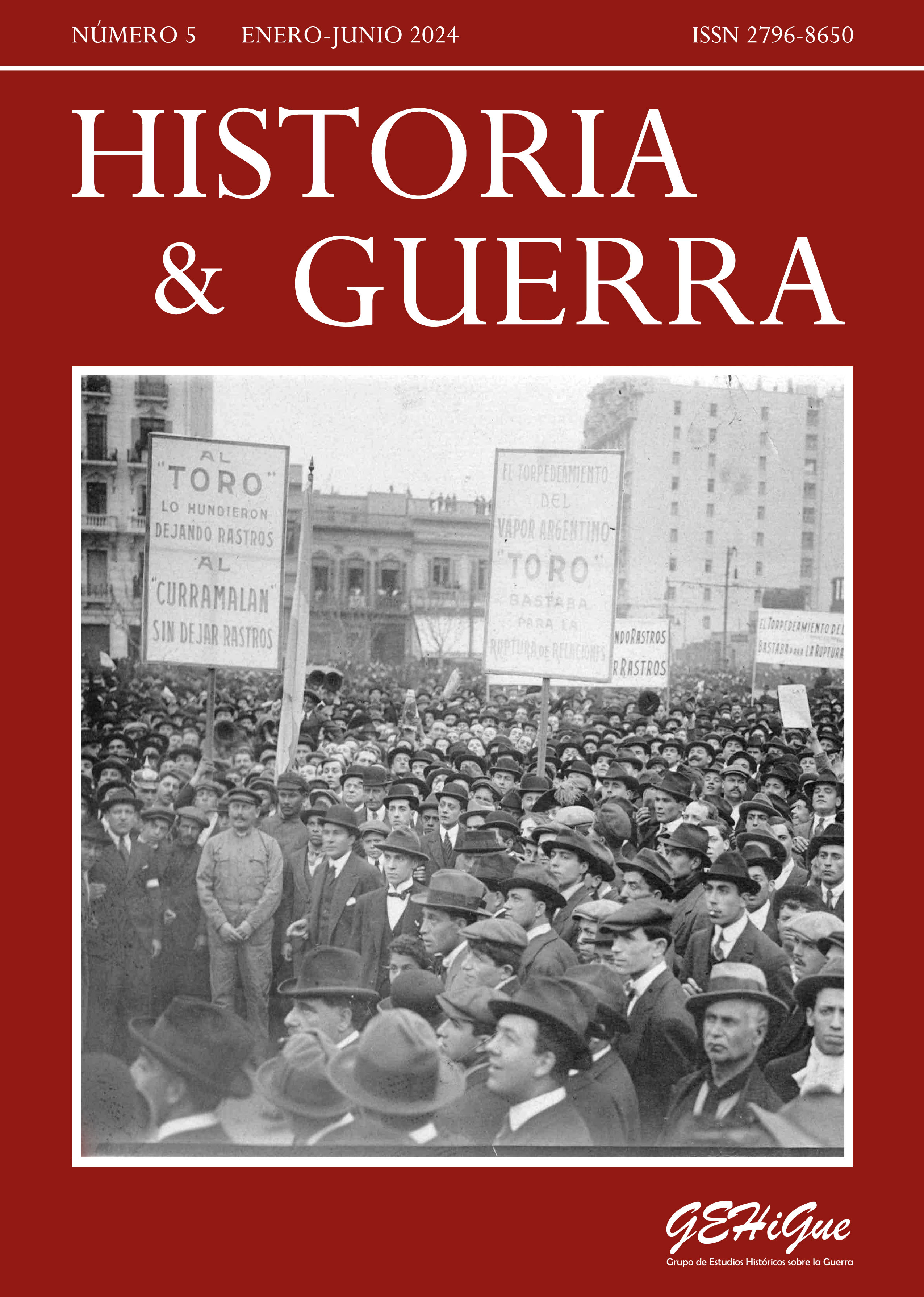

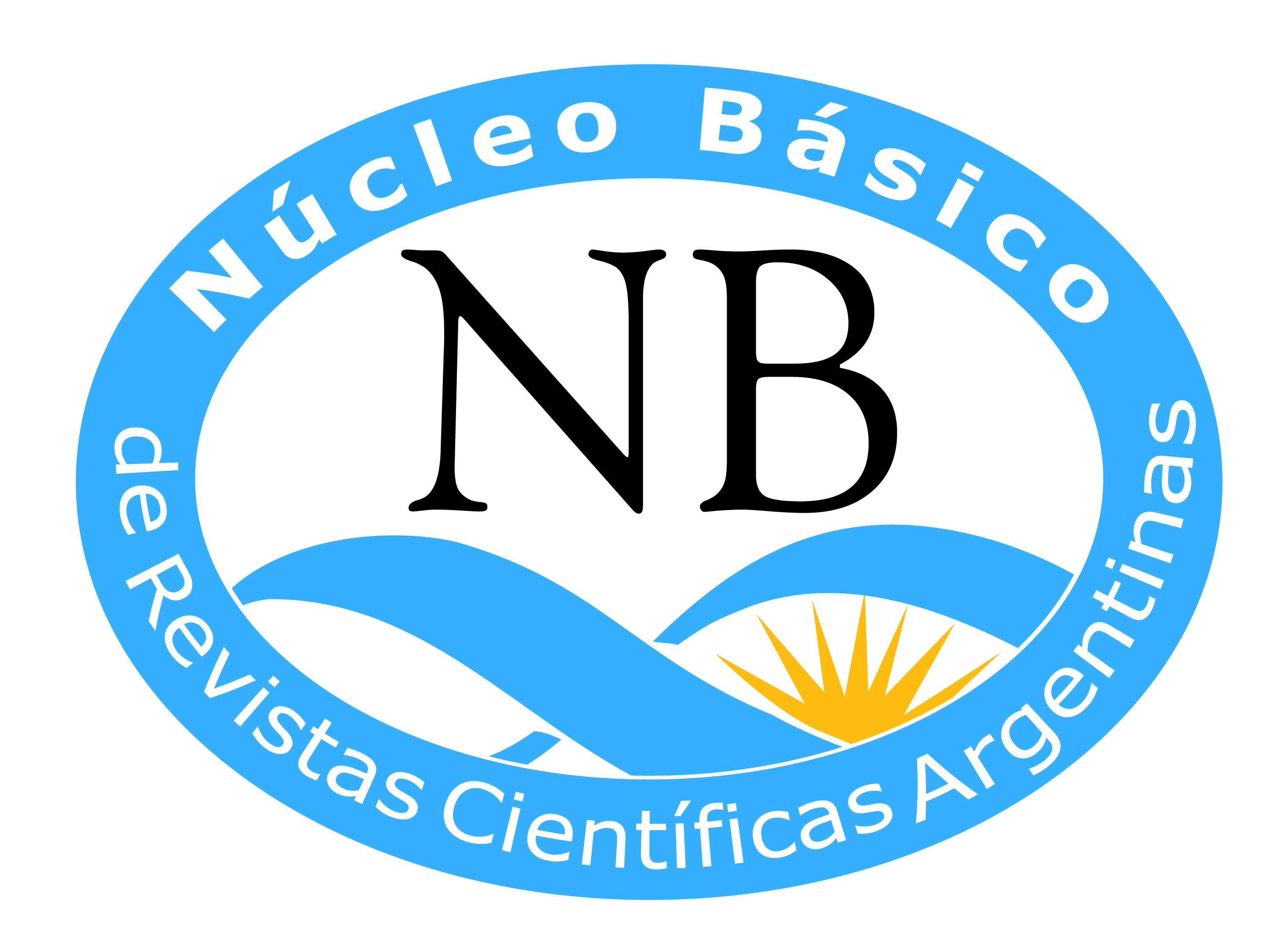






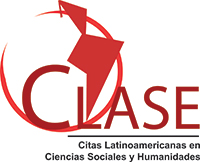




.jpg)
